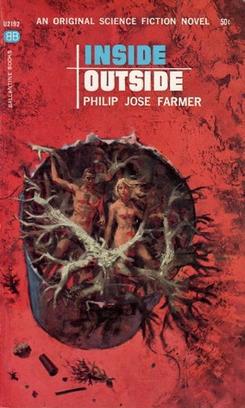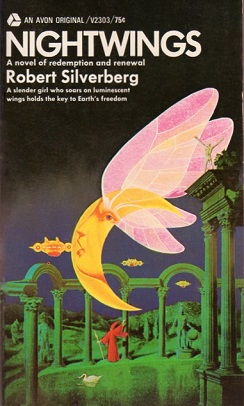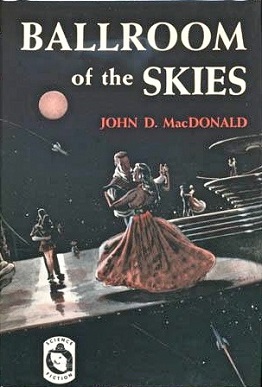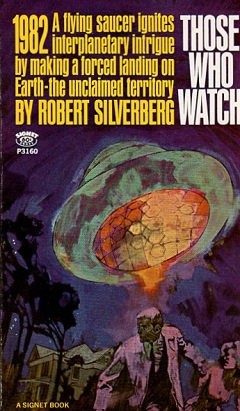
Alien invasion or space invasion is a common feature in science fiction stories and film, in which extraterrestrial lifeforms invade the Earth to exterminate and supplant human life, enslave it, harvest people for food, steal the planet's resources, or destroy the planet altogether. It can be considered as a science-fiction subgenre of the invasion literature, expanded by H. G. Wells's seminal alien invasion novel The War of the Worlds.

Science fiction is a film genre that uses speculative, fictional science-based depictions of phenomena that are not fully accepted by mainstream science, such as extraterrestrial lifeforms, spacecraft, robots, cyborgs, dinosaurs, mutants, interstellar travel, time travel, or other technologies. Science fiction films have often been used to focus on political or social issues, and to explore philosophical issues like the human condition.

Ancient astronauts refers to a pseudoscientific hypothesis which holds that intelligent extraterrestrial beings visited Earth and made contact with humans in antiquity and prehistoric times. Proponents suggest that this contact influenced the development of modern cultures, technologies, religions, and human biology. A common position is that deities from most, if not all, religions are extraterrestrial in origin, and that advanced technologies brought to Earth by ancient astronauts were interpreted as evidence of divine status by early humans.
Grey aliens, also referred to as Zeta Reticulans, Roswell Greys, or Grays, are purported extraterrestrial beings. They are frequent subjects of close encounters and alien abduction claims. The details of such claims vary widely, but typically Greys are described as being human-like with small bodies with smooth, grey-colored skin; enlarged, hairless heads; and large, black eyes. The Barney and Betty Hill abduction claim, which purportedly took place in New Hampshire in 1961, popularized Grey aliens. Precursor figures have been described in science fiction and similar descriptions appeared in early accounts of the 1948 Aztec UFO Hoax and later accounts of the 1947 Roswell UFO incident.

Liquid Sky is a 1982 American independent science fiction film directed by Slava Tsukerman and starring Anne Carlisle and Paula E. Sheppard. It debuted at the Montreal Film festival in August 1982 and was well received at several film festivals thereafter. It was produced with a budget of $500,000. It became the most successful independent film of 1983, grossing $1.7 million worldwide.

"Enemy Mine" is a science fiction novella by American writer Barry B. Longyear. It was originally published in the September 1979 issue of Isaac Asimov's Science Fiction Magazine. The novella's plot concerns two soldiers, one human and one reptilian-like alien, who find themselves stranded together on a hostile planet.

Saturn has made appearances in fiction since the 1752 novel Micromégas by Voltaire. In the earliest depictions, it was portrayed as having a solid surface rather than its actual gaseous composition. In many of these works, the planet is inhabited by aliens that are usually portrayed as being more advanced than humans. In modern science fiction, the Saturnian atmosphere sometimes hosts floating settlements. The planet is occasionally visited by humans and its rings are sometimes mined for resources.

Inside / Outside is a science fiction novel by American writer Philip José Farmer. Originally released in 1964, the novel explores the question of what happens before souls inhabit human bodies, and how they are created.
The planetary systems of stars other than the Sun and the Solar System are a staple element in many works of the science fiction genre.
William Renald Barton III is an American science fiction writer. In addition to his standalone novels, he is also known for collaborations with Michael Capobianco. Many of their novels deal with themes such as the Cold War, space travel, and space opera.
"The Family of Blood" is the ninth episode of the third series of the British science fiction television series Doctor Who, which was first broadcast on BBC One on 2 June 2007. It is the second episode of a two-part story written by Paul Cornell adapted from his Doctor Who novel Human Nature (1995), co-plotted with Kate Orman. The first part, "Human Nature", aired one week prior, on 26 May.

The Watch Below (1966) is a science fiction novel by British writer James White about a colony of humans stranded underwater in a sunken ship, who survive by air pockets, and a water-breathing alien species in search of a new home. The two generation ships encounter each other in the Earth's ocean.

The Dangerous Days of Daniel X is a novel by James Patterson and co-author Michael Ledwidge, written in the same vein as his Maximum Ride series. Patterson returns to the realm of science fiction in this novel. It was released on July 21, 2008.

V is a two-part American science-fiction television miniseries, written and directed by Kenneth Johnson. First shown in 1983, it initiated the science-fiction franchise concerning aliens known as the "Visitors" trying to gain control of Earth, and of the ways the populace reacts.

"Nightwings" is a science fiction novella by American writer Robert Silverberg. It won the Hugo Award for Best Novella in 1969 and was also nominated for the Nebula Award in 1968. It won the Prix Apollo Award in 1976. "Nightwings" is the first in a trilogy of novellas, the next two being "Perris Way" (1968) and "To Jorslem" (1969). These three works were later collected into a single fixup in three sections, also titled Nightwings. According to Silverberg's introductions, the changes required to turn the three shorter works into a novel were relatively minor.

Ancient astronauts have been addressed frequently in science fiction and horror fiction. Occurrences in the genres include:

Ballroom of the Skies is a 1952 science fiction novel by American writer John D. MacDonald. Though MacDonald was primarily a mystery novelist famed for his Travis McGee series, he did write some science fiction short stories and novels. Other titles include Wine of the Dreamers (1951) and The Girl, the Gold Watch & Everything (1962).

Those Who Watch is a science fiction novel by American writer Robert Silverberg, first published by Signet in 1967. The novel concerns a trio of alien explorers, each one surgically altered so as to appear outwardly human, who find themselves separated, and permanently stranded on Earth, after their ship explodes while hovering in low orbit. Each of the aliens is injured during the accident, and all are taken in and nursed back to health by kindly human beings.

Daniel X: Armageddon is the fifth installment in the Daniel X series by James Patterson. Armageddon was published by Little, Brown for Young Readers in October 2012. The main character, Daniel X, is a teenager from Alpar Nok sent to Earth to protect it from the most dangerous alien criminals in the galaxy. In Armageddon, the setting takes place in the 2000s, and Daniel X has to bring down an alien known as "Number 2," the second most powerful criminal, and is literally, The Devil.

Biology appears in fiction, especially but not only in science fiction, both in the shape of real aspects of the science, used as themes or plot devices, and in the form of fictional elements, whether fictional extensions or applications of biological theory, or through the invention of fictional organisms. Major aspects of biology found in fiction include evolution, disease, genetics, physiology, parasitism and symbiosis (mutualism), ethology, and ecology.















